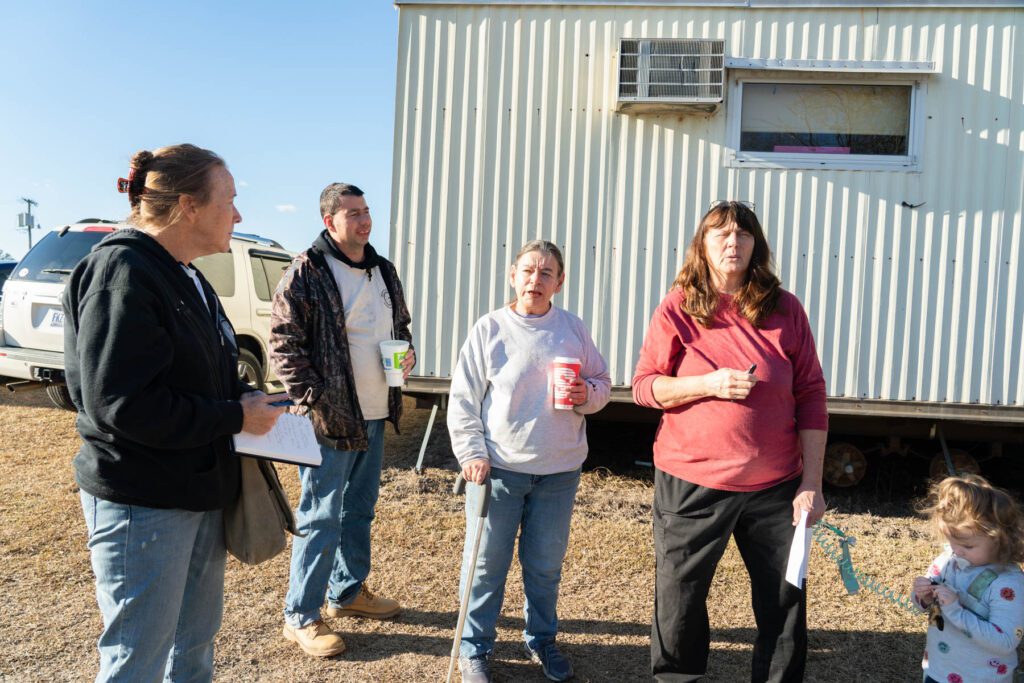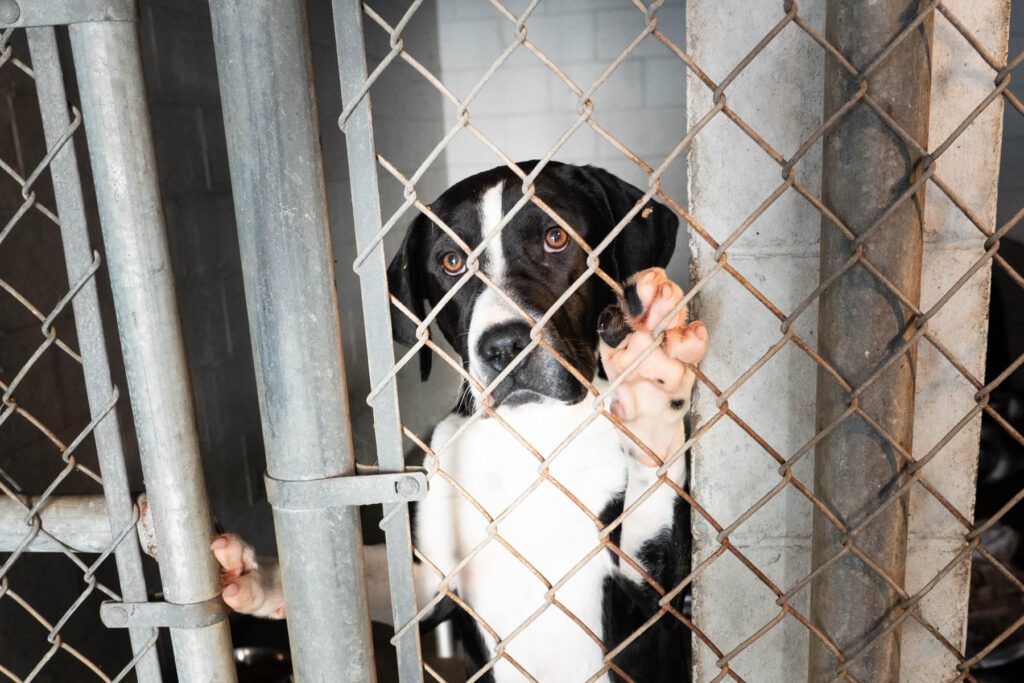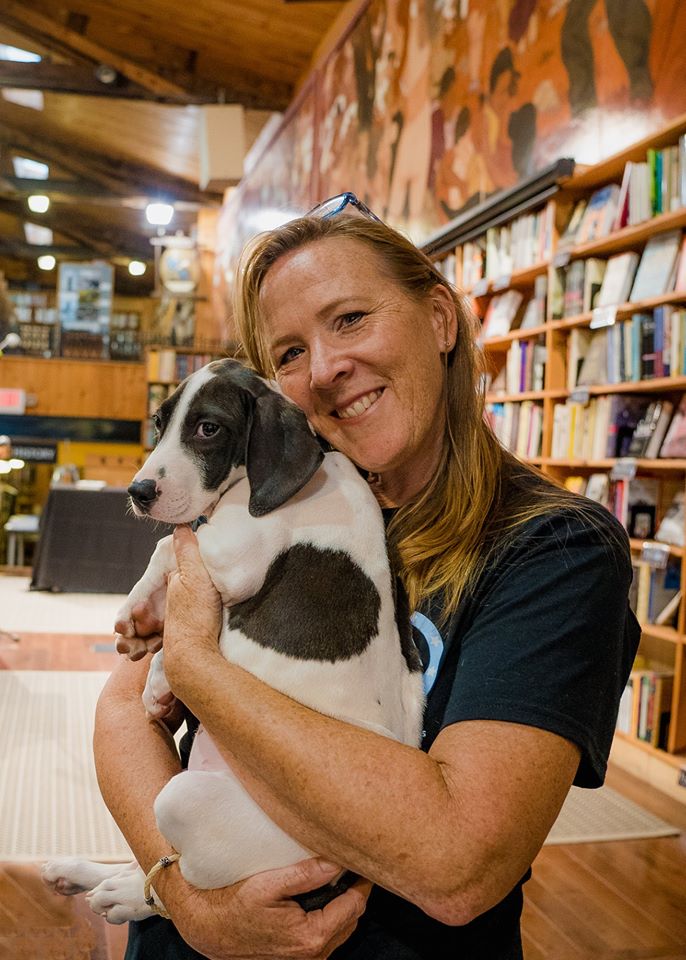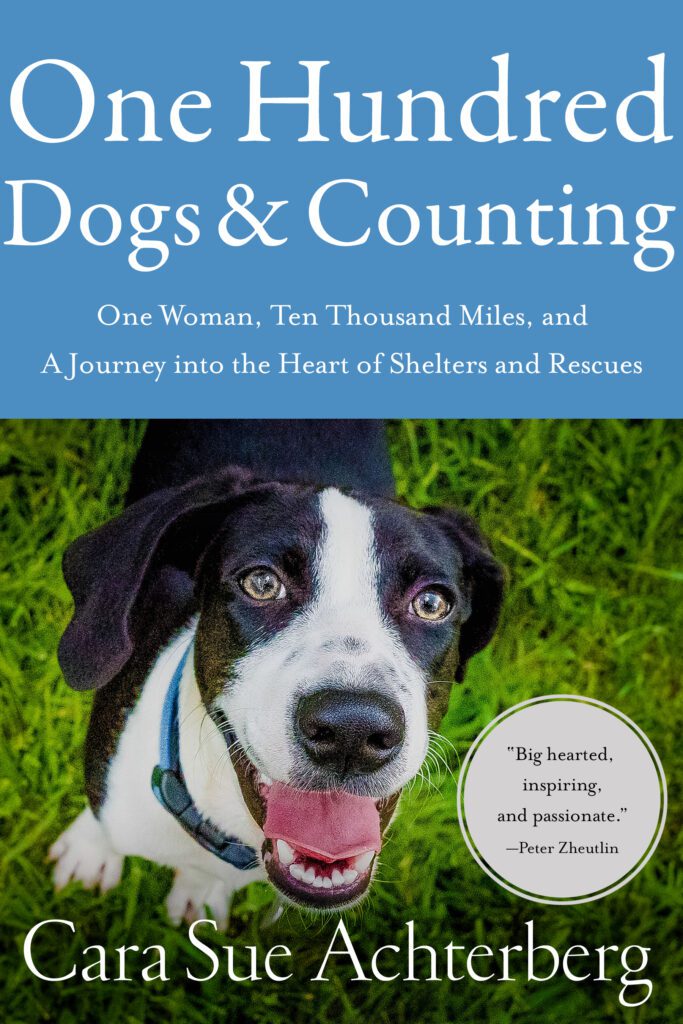Bertie County is a small county most people pass through on their way to vacation on the Outer Banks. The county’s tiny shelter is the next to last stop on a road that ends at the regional jail. The shelter sits on a property prone to flooding, and although the county has had plans to move it, the folks we talked to were skeptical that the collection of sheds, trailers, and kennels would leave the spot it has occupied as long as anyone can remember.
Bertie County Animal Control in Windsor is a municipal, open-intake shelter comprised of ten kennels on a concrete pad with a roof, plus two quarantine kennels, and three puppy runs. There is no heat or AC or walls, for that matter.





The day we arrived, county maintenance workers were busy wrapping plastic around the kennels to try to give the dogs some protection from the cold.



The county has two full-time Animal Control officers and one part-time ACO, but the care of the dogs is done by Josh, a full-time kennel tech. The county pays for Josh (and a part-time person who comes in once on Saturday and Sunday to feed/clean), plus the ACO salaries, and the property utilities, but everything else is left up to the Bertie County Humane Society.



Beyond the $2000/year the county gives the Humane Society, they must raise the money to pay for everything else – veterinary needs, vaccinations, spay/neuter, food/treats, transport to rescues, beds, heartworm preventative, flea/tick treatment, dewormers and anything else.
Pretty much every dog that comes in is heartworm positive. As Vicky, a volunteer who used to be the kennel manager at the shelter, told me, “If we get one that’s negative, I go buy a lottery ticket!”
Vicky was at the shelter that day to give rabies vaccines to Cooper and Spot, two young dogs at the shelter. (NC is the first state I’ve discovered that doesn’t require that rabies vaccines be given by a veterinarian.)



We learned about Bertie County after we connected with another of their volunteers, Gina. Gina lives two hours away, but she is a tireless advocate for the dogs and the shelter. She networks the dogs to rescues, arranges for veterinarian appointments and transports, even finds donors to pay for heartworm treatment. Gina is one of those rescue warriors with a heart that just slays me. It’s inhuman how many hours and how much work she puts in to save these dogs, many she has never met.
Gina has been involved with BCHS ever since she discovered how many dogs were being killed in Bertie County. She began pulling dogs to foster within her rescue operation and eventually called on other rescues to get involved. Because she lives so far away, she depends on Diane, who lives in Bertie County and is the president of the Humane Society, and Vicky, who used to be the kennel manager at the shelter and still volunteers her time there.

There were only six dogs (and lots of cats) the day we visited thanks to Gina’s work to find rescues to empty the shelter just before the holidays and the bitter, record cold that came. The shelter normally handles about 100 dogs a year.
What the Humane Society needs most (besides a building!) are more volunteers. They would love to have more people to share the load, raise money and awareness, walk dogs, document them, and simply love them.
Besides two volunteers who work with the cats, there is only Dianne and Vicky (who walks with the help of a cane), plus another volunteer we met, Rusty, who arrived to drive one of the dogs for his neuter appointment (it was a bustling little place today!). There are 17,000 area residents, so finding a few more volunteers seems doable. If you live in Bertie County or the surrounding vicinity, please step up to help this committed little group.



The relationship between the Humane Society and Animal Control (and the Sheriff’s office which oversees the shelter) is a good one, but it does complicate the work that is done. We see this often in places where ‘animal control’ is handled by the police and ‘animal care’ is handled by a nonprofit organization. It’s basically a dog pound that doesn’t kill dogs only because of the work (and fundraising prowess) of volunteers.
I often wonder if the general public understands this system. Tax dollars pay for the building and staff, but not the actual care or outcome of the dogs. That is left on the shoulders and hearts of volunteers, and the pocketbook of donors. If they don’t step into the gap created and find a way to save the dogs, many of them would be euthanized when their stray hold was up.

Bertie County is finding a way to save its animals, but I’m not certain it’s a sustainable plan. Not when you consider that the bulk of the work is being done by a volunteer who lives two hours away in another state, with the help of two women who are dedicated but not young. Like so many places, they are doing the best they can with what they’ve got, but things could be a whole lot better.
What they need is the commitment and investment of the community. But how do you attain that? This is the real question behind the quest to save animals.
Or maybe it comes down to whether a community believes it has a responsibility to not just control, but care for its animals.
I still believe we can let the dogs out, but first we must understand what it will take from all of us to do so.
If you’d like to support the work of the Bertie County Humane Society and help the dogs in their care, consider shopping their Amazon wishlist: https://www.amazon.com/hz/wishlist/ls/13KLFJI9BEPUG/
Or their Chewy wishlist: https://www.chewy.com/…/bertie-county-humane-society…
You can learn more and/or donate directly at: https://bertiecountyhumanesociety.org/donate/

Until each one has a home,
Cara
If you want to learn more, be sure to subscribe to this blog. And help us spread the word by sharing this post with others. Visit our website to learn more.
You can also help raise awareness by following/commenting/sharing us on Facebook, Instagram, YouTube, and Tik Tok!

Learn more about what is happening in our southern shelters and rescues in the book, One Hundred Dogs & Counting: One Woman, Ten Thousand Miles, and a Journey Into the Heart of Shelters and Rescues (Pegasus Books, 2020). It’s the story of a challenging foster dog who inspired me to travel south to find out where all the dogs were coming from. It tells the story of how Who Will Let the Dogs Out began. Find it anywhere books are sold. A portion of the proceeds of every book sold go to help unwanted animals in the south.
Watch our Emmy-nominated, award-winning short documentary about rescue in western Tennessee here.
For more information on any of our projects, to talk about rescue in your neck of the woods, or become a WWLDO volunteer, please email whowillletthedogsout@gmail.com or carasueachterberg@gmail.com.
And for links to everything WWLDO check out our Linktree.



Leave a Comment
Sign up for our newsletter
Sign up to have our latest news, grant updates, shelter visits, and more delivered to your inbox.
Share this:
Like this: